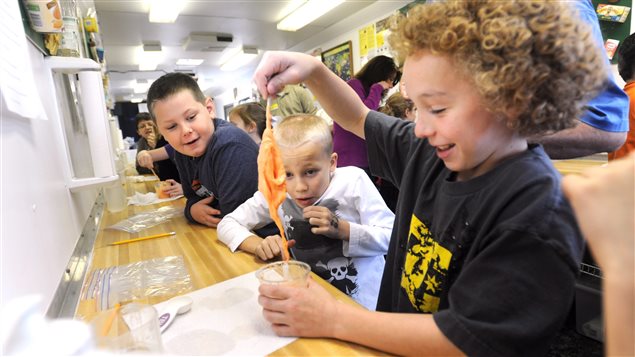No more slime for you!
Health Canada is advising Canadians to avoid using boric acid for arts and crafts projects, such as homemade slime, or modelling clay and patties because it “has the potential to cause developmental and reproductive health effects” in children and pregnant women.
The federal department is also advising against making homemade pesticides with boric acid and has announced that it plans to cancel registrations for certain pesticides that contain boric acid, which are commonly used in homes, and phased them out of the marketplace.
In the meantime, Health Canada advises homeowners to follow all directions on cleaning products and pesticides and store them out of sight and out of the reach of children.
Draft risk assessment
The warning comes after a recent draft risk assessment by Health Canada found that overexposure to boric acid has the potential to cause developmental and reproductive health effects.
Boric acid, sometimes also called boron or borax, is found in the environment and the general population is exposed to it naturally through food (such as fruit and vegetables) and drinking water, said a report by Health Canada.
Additional exposure to boric acid and its salts and precursors can also happen through a variety of commonly used products, such as pesticides, cleaning products, homemade arts and craft materials, cosmetics, swimming pool and spa chemicals, and drugs and natural health products, said Health Canada on its website.
“The concern is not with any one product, but rather multiple exposures from a variety of sources,” said the Health Canada warning.







For reasons beyond our control, and for an undetermined period of time, our comment section is now closed. However, our social networks remain open to your contributions.